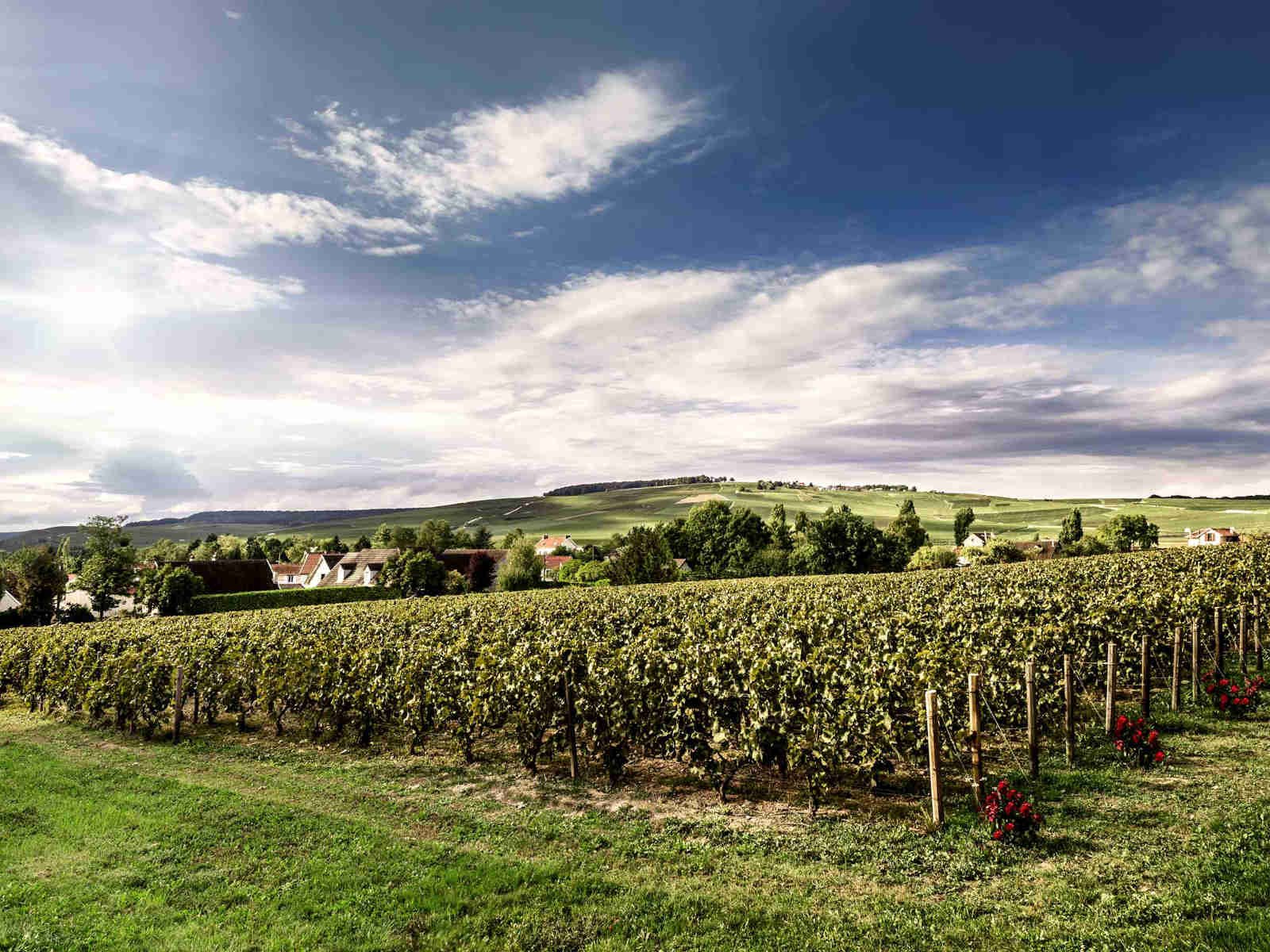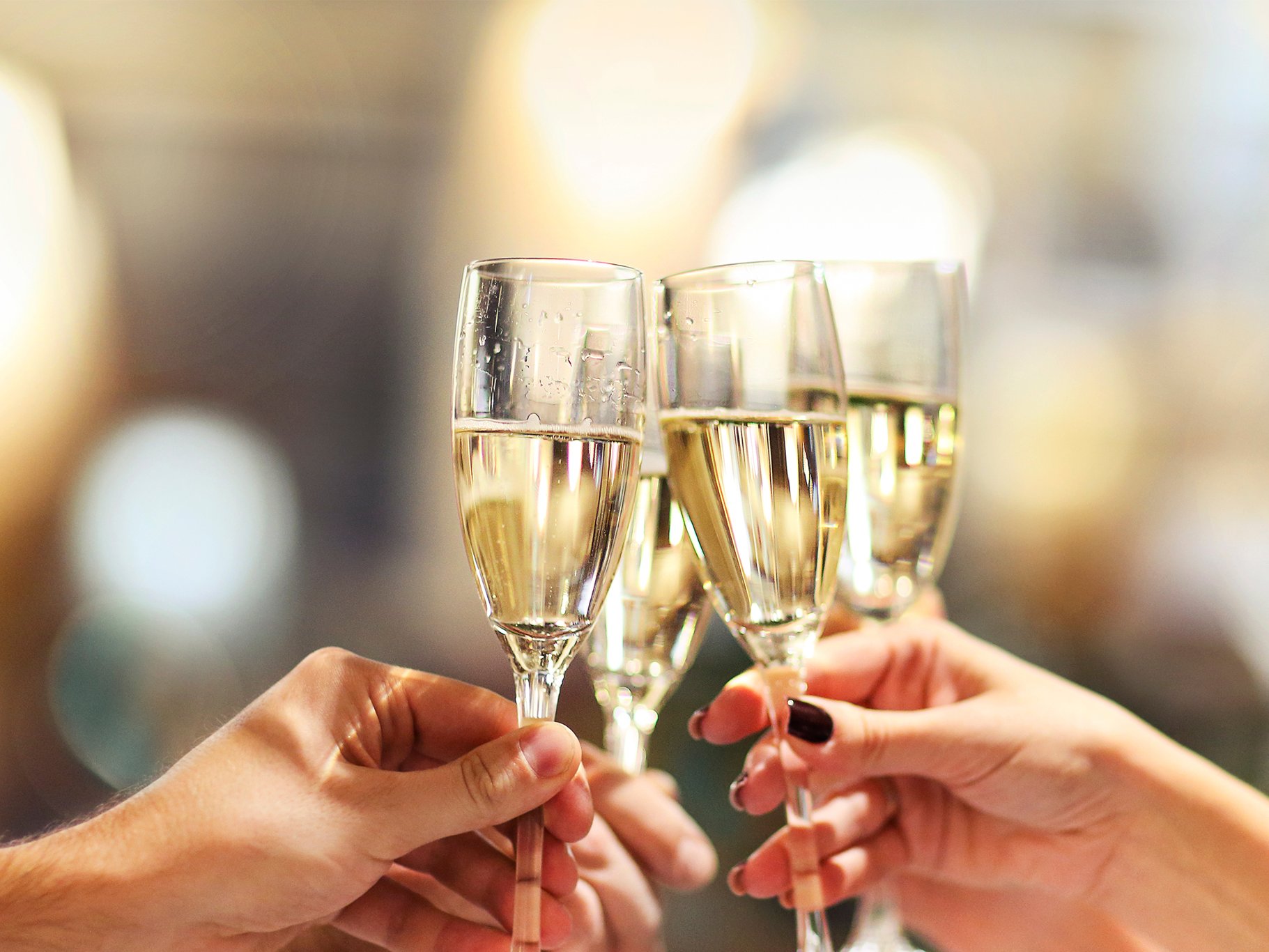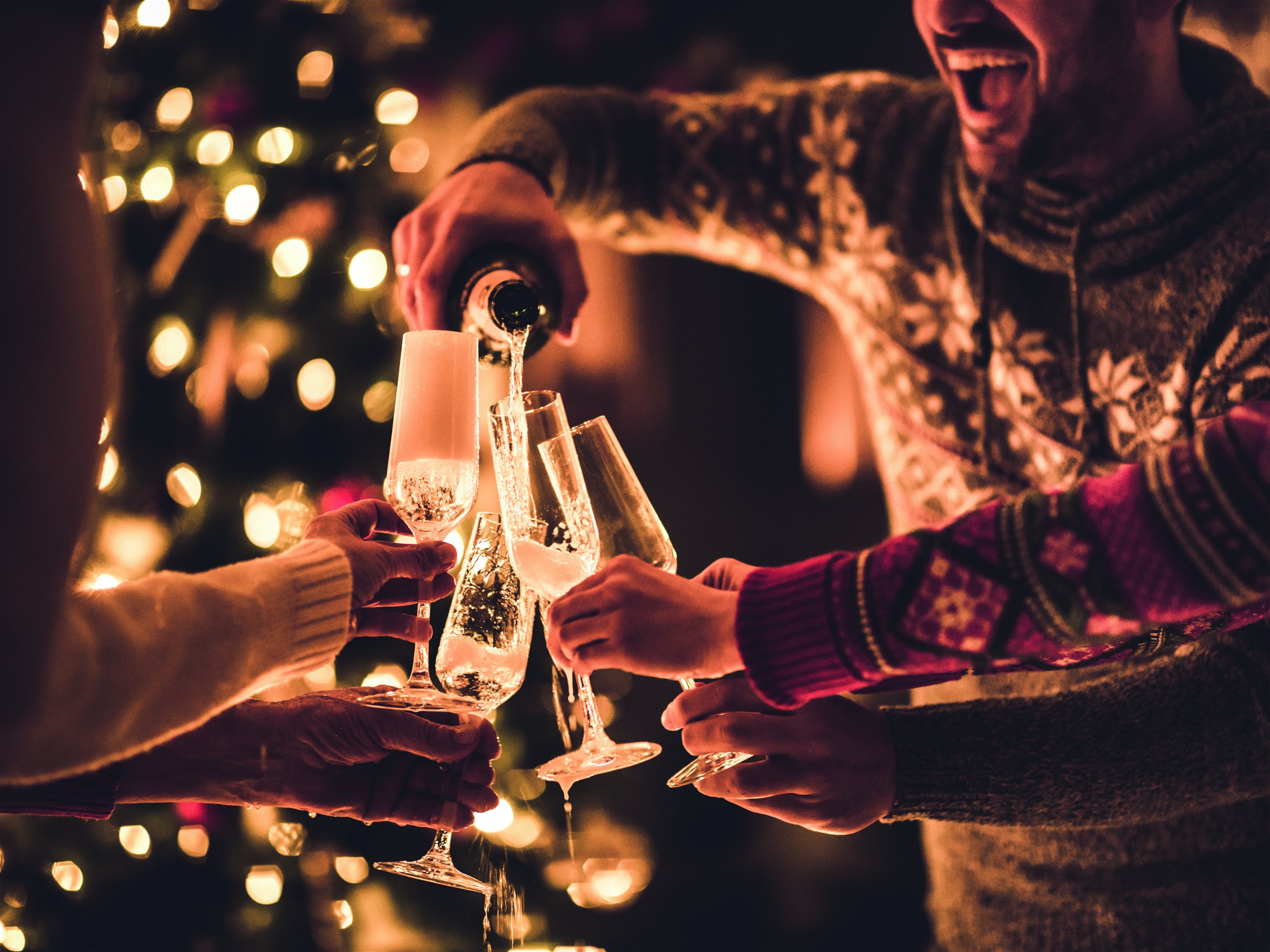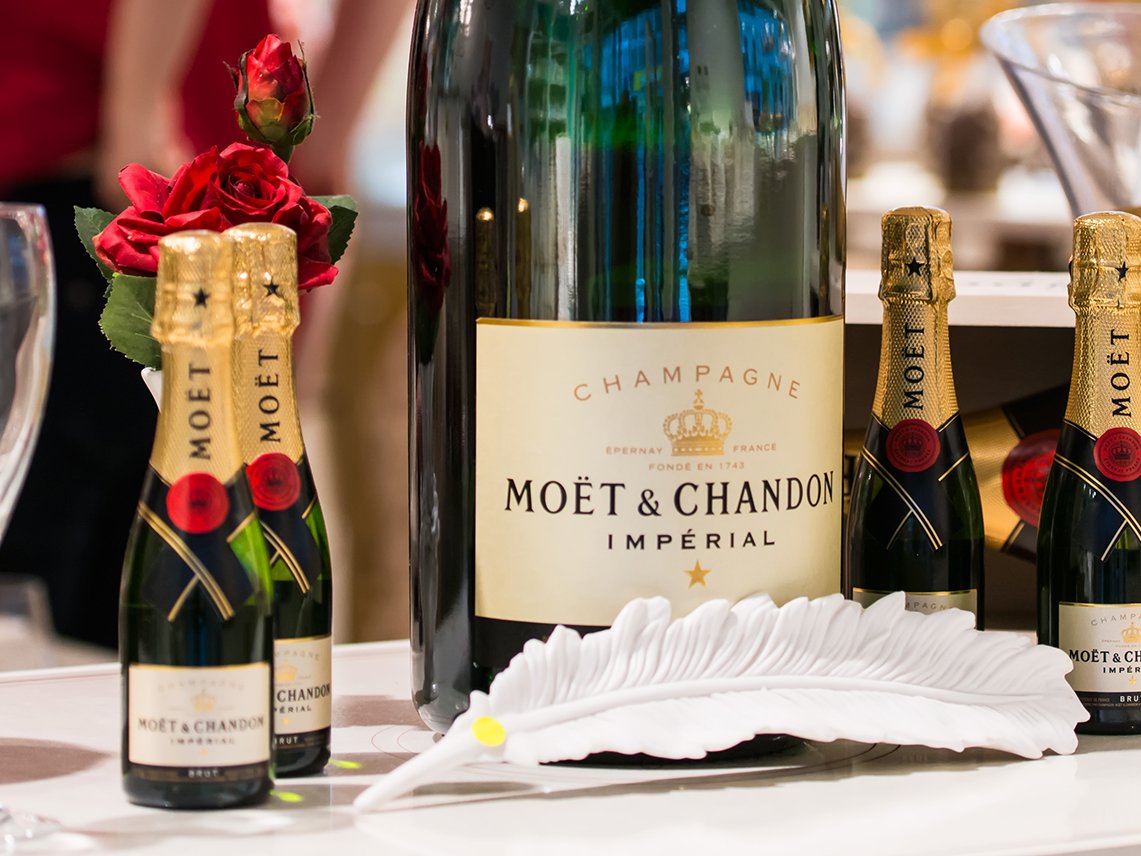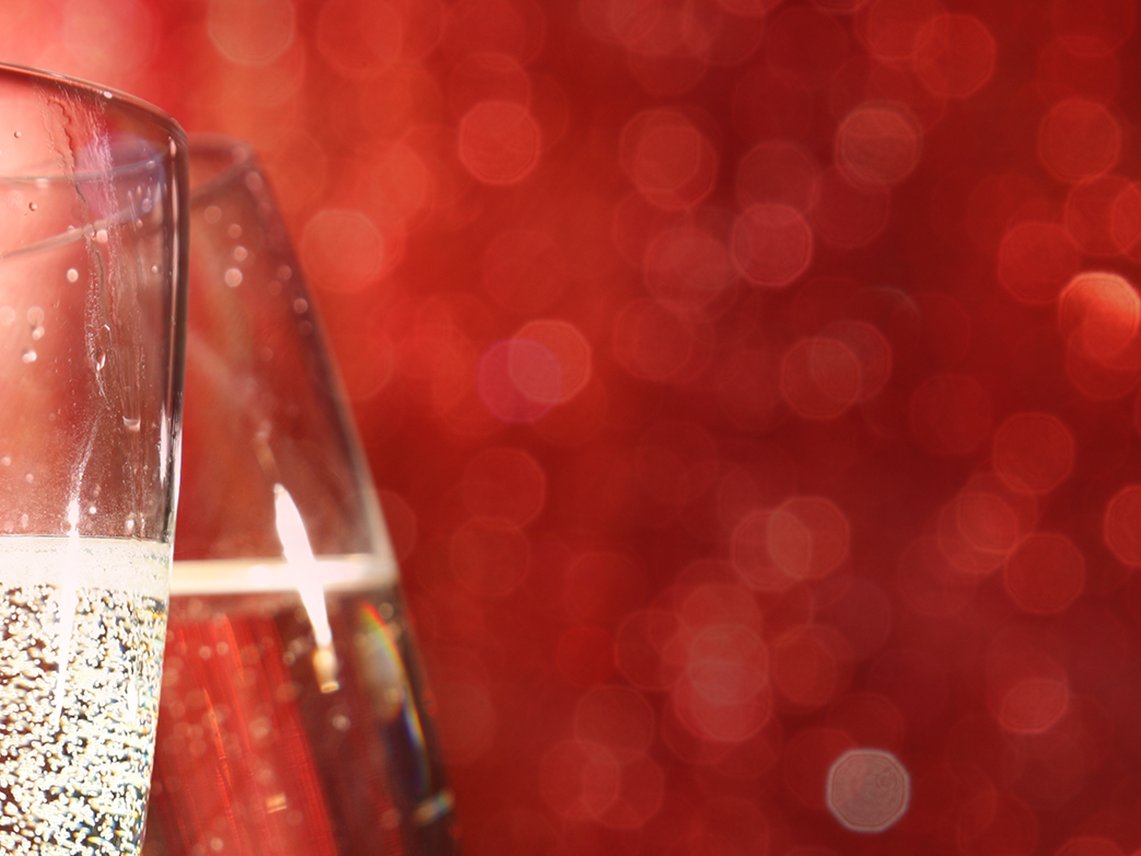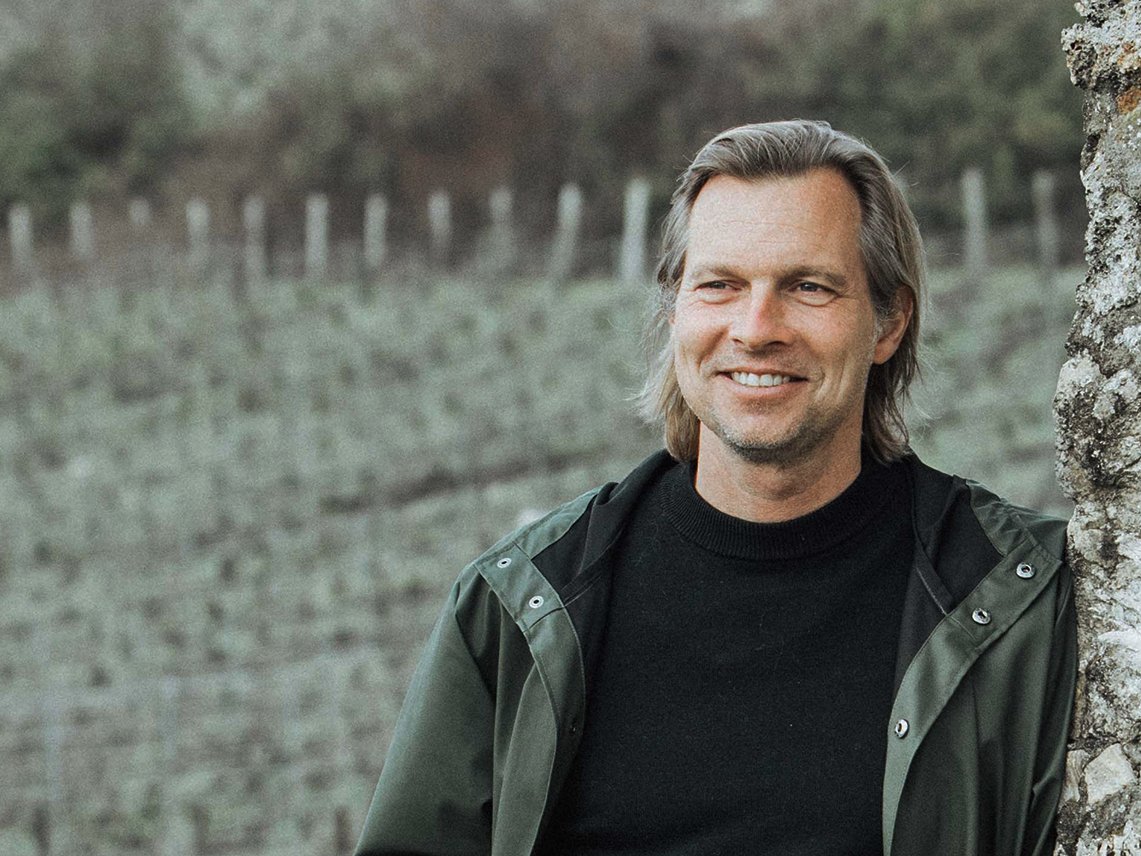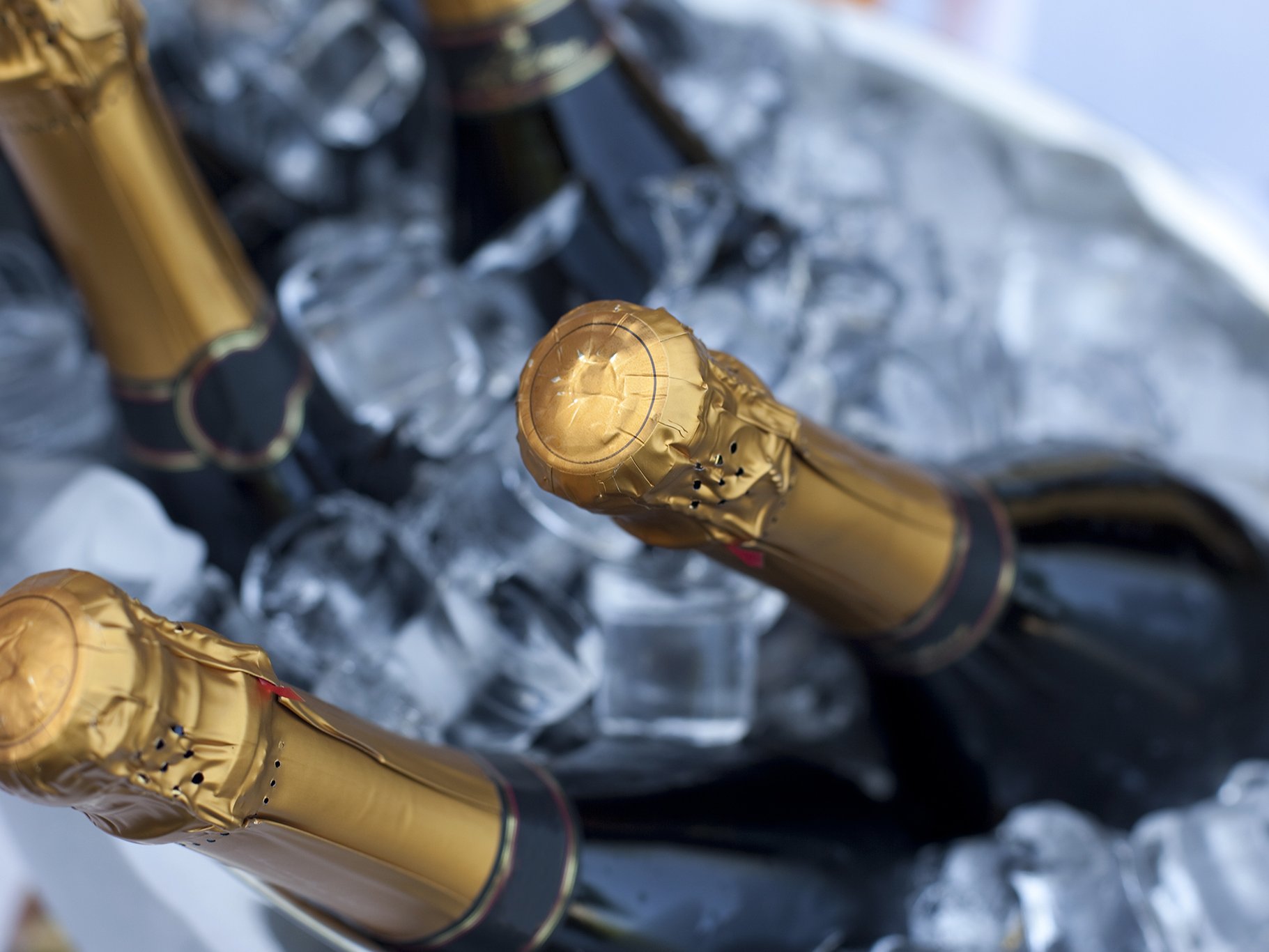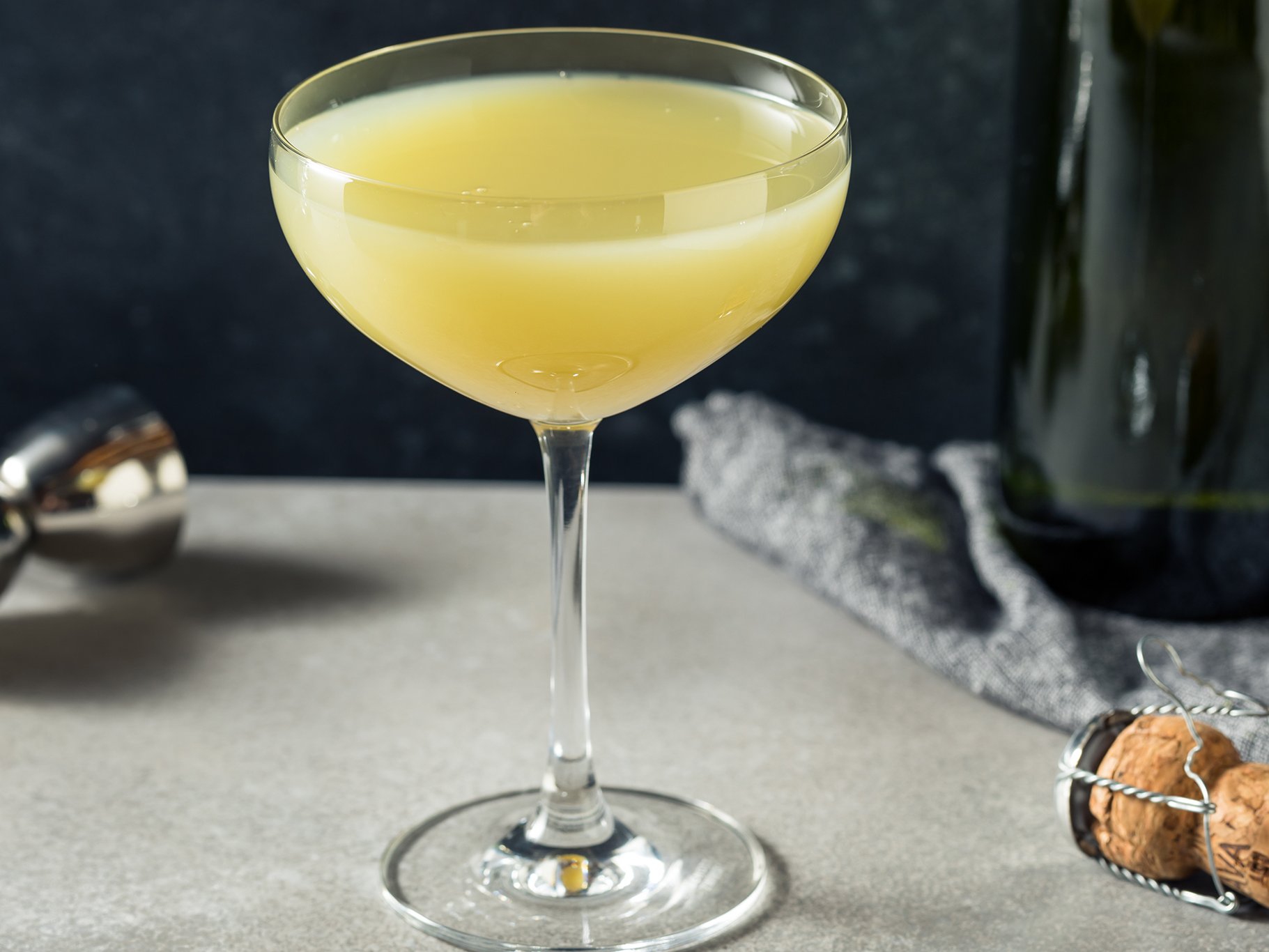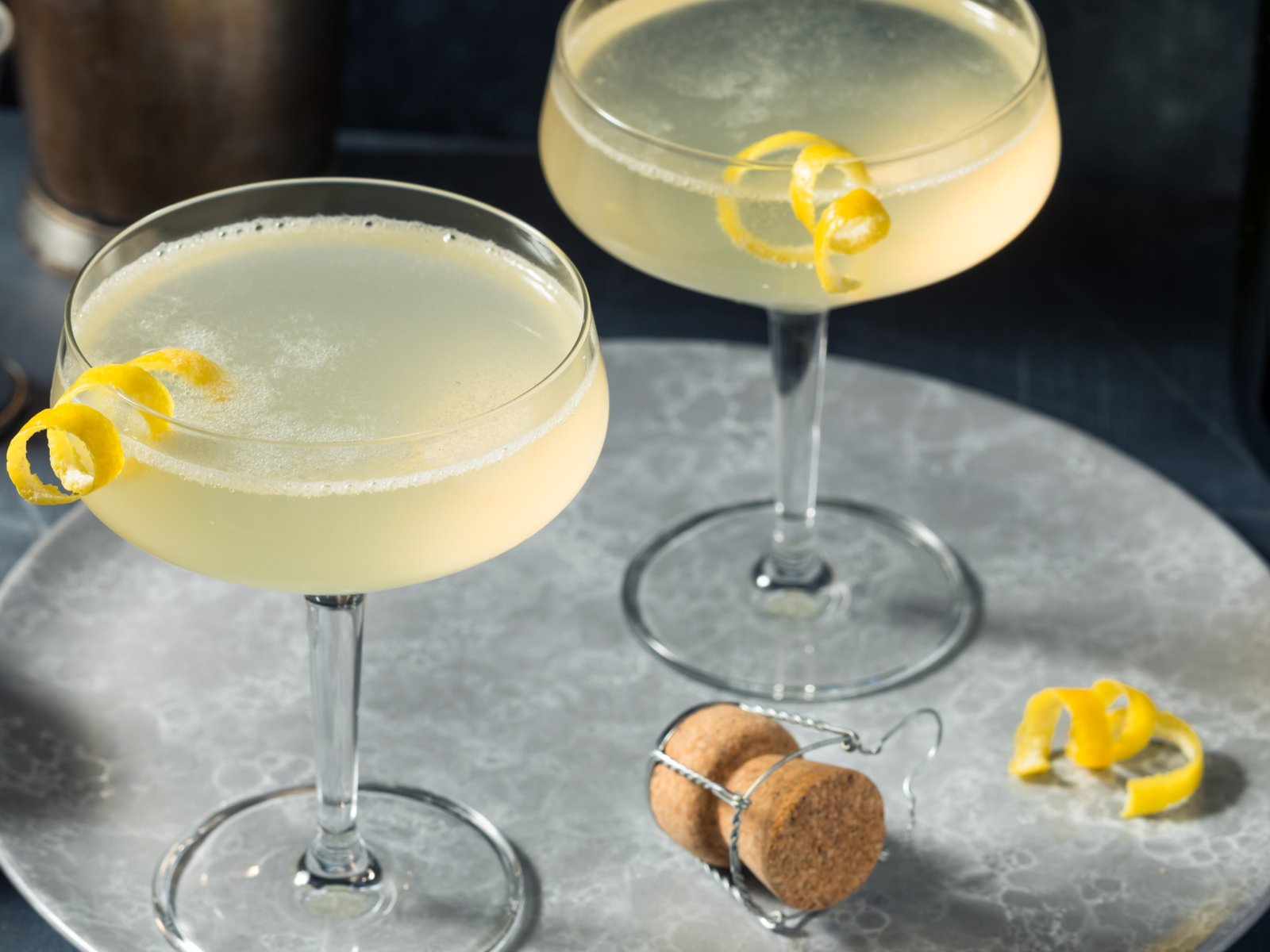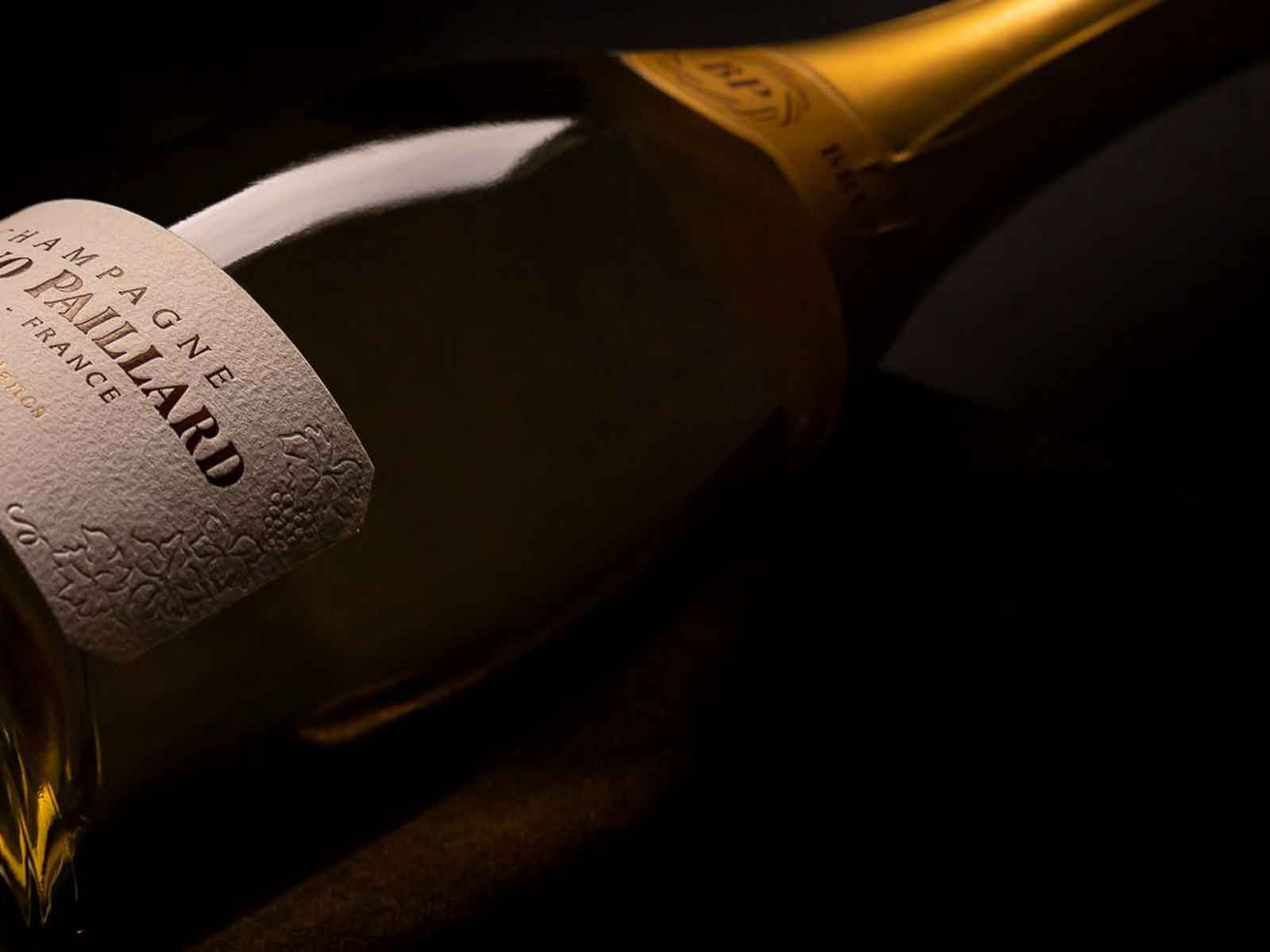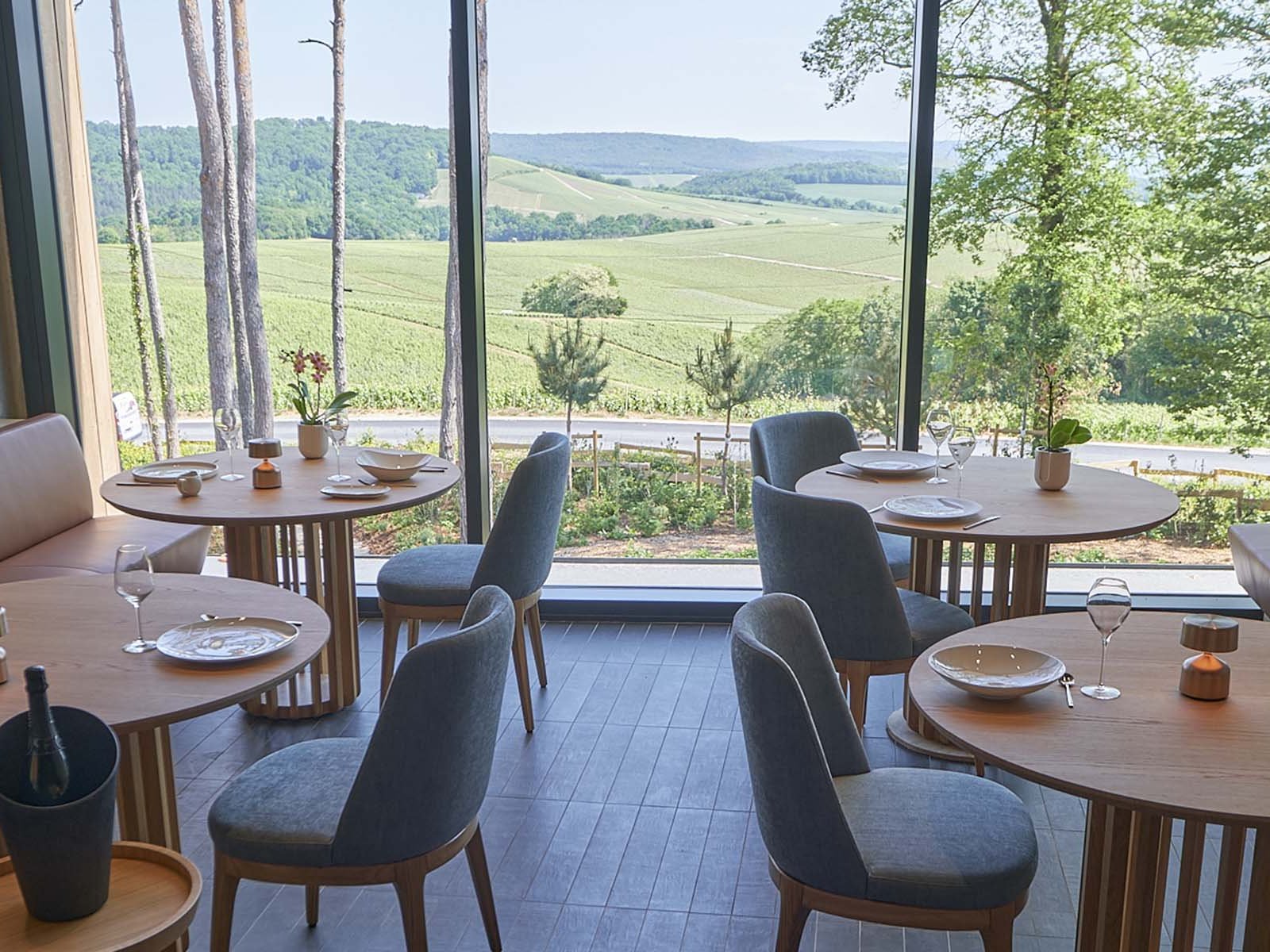Moët & Chandon: A Century of Champagne
Moët & Chandon marked the centenary of the great 1921 vintage – held to be one of the greatest Champagne vintages ever – by holding a tasting of wines from each decade and Falstaff was there.
Some tastings are stupendous – and some are once in a lifetime experiences. Tasting a century of Champagne in the cellars of Moët & Chandon in November was such an occasion. The full tasting notes are linked below.
The greatest vintage of the 20th century
“Without a doubt, 1921 is the greatest vintage of the 20th century for all white wines made in Europe,” cellar master Benoît Gouez said. “Grand Vintage 1921 is an example of balance and concentration that expresses the spirit of the Roaring Twenties: a certain carelessness and the joy of living.” The tasting was held to mark the centenary for that vintage.
Moët & Chandon’s short summary of that vintage notes that 1921 had “a very fine, hot summer. The spring frosts destroyed a large part of the crop, but what was left displayed marvellous quality.”
A sea of steel and millions of bottles
To set the scene, we toured the vineyards and the state-of-the art winery in Montaigu with its sea of stainless steel tanks. Its 400,000 hectolitre capacity (there is another winery with the same capacity again in Epernay) gives you an idea of what a giant powerhouse of Champagne Moët & Chandon is today and how it is possible to find a bottle of its Brut Impérial Champagne almost anywhere in the world. Moët & Chandon is exported to 155 countries, and nobody ever discloses the annual number of bottles produced – but it must run close to 100 million bottles a year.
Deep in the cellars
Deep underneath the Moët & Chandon headquarters in Epernay, France, in the chalk cellars which extend for 28km/17 miles below the city, a table was set and candles flickered. A small group of Champagne writers and experts was invited to take seats. We had tasted the still base wines from the 2021 vintage in Montaigu, we had heard about the history of the house, first documented in 1743 but likely older, now the tasting was to begin.
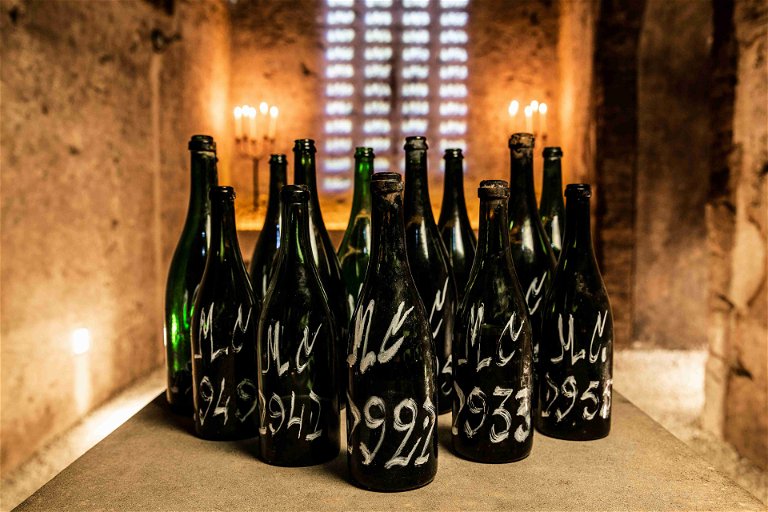
The Tasting
The tasting was made all the more special by the fact that these wines had never left the cellars and most were disgorged there and then, à la volée, meaning by hand, and tasted without dosage, or without the customary addition of a small amount of sugar dissolved in wine to lend the final balance to the wines. We thus tasted the wines in their “raw” state, in the place where they were made and had matured. A small basin was set up to aid the disgorgement of the bottles which had been sleeping in those cellars for up to one hundred years.
Decades of Champagne
Two wines from every decade were to be tasted. Side by side, served blind, starting with the 2000s. Where possible, the wines were served in magnum and some had been aged under cork, rather than crown cap. This means that any vintages of Moët & Chandon readers may have the pleasure to taste or drink will be different – as these will have been dosaged and shipped – and they may have aged under crown cap.
Fittingly, we started with the two great vintages of that decade, 2002 and 2008 – both in magnum, both disgorged there and then. Both scored higher than their dosage equivalents in 750ml bottles. There is much to be said for late disgorgement after ageing in magnum.
The 1990s and 1980s
The 1990s of course had to contain the acid-pronounced 1996 vintage with its electric energy, it was paired with a gentler but most elegant 1995 – both of them also from magnum, aged under cork, disgorged there and then without dosage. The 1980s then started showing some age. The magnum of 1988 had been aged under crown cap with a cork liner and had been disgorged in 2003 with a dosage of 7-8g/l.
The flavours of evolution were evident: white field mushroom and the spice of speculoos biscuits. A magnum from the 1985 vintage was opened which had been disgorged in 2002 – but neither of them were 100% clean – this can happen when the wines are aged with a cork liner¸ they are subject to the varying quality of the corks. Cellar master Benoît Gouez explained that this was the reason these magnums of older vintages were not commercialised: the risk of variation was just too big.
The 1970s
The 1970s of course had to contain the heatwave vintage of 1976. Served in magnum that had been disgorged in 2002 with a dosage of 7-8g/l, was stupendous and still exquisitely fresh – a great reminder that heat is not necessarily a bad thing in Champagne – something much on the mind of every grower due to climate change. This was followed by a sub-par 1975 with a hint of cork taint.
This had also been disgorged in 2002 with the same dosage, but also showed traces of bitterness despite a still lively mousse and still briskly fresh finish. This seemed to set a tone: it seemed to signal that with increasing age, the wines would taste more and more tired. But how wrong I was.
As we went further back in time the wines seemed to get fresher. This, I think, tells us a lot about the advent of industrialised farming and a different spirit that took hold of agriculture in the 1970s which we have already thankfully seen reversed.

Miracles of freshness
1964 – served in magnum disgorged in 1998 with 7-8g/l dosage – was incredibly fresh. Pristine in fact, fragrant. 1962, the magnum disgorged there and then without dosage, was equally fresh. My tasting note reads “wow.” The magnum of 1959 that followed – from the ripest Champagne vintage ever – had been disgorged moments ago and shone with freshness, with pure flavours. What a moment.
From the 1955 onwards, the wines were served in bottle – the house has no magnums of these older vintages. 1955 was just disgorged but was not totally clean – yet its freshness was undeniable, its mousse was still brisk.
A perfect score
The bottle from 1949, disgorged moments before, was not appetising but the 1941 bottle got a perfect score of 100. Gouez noted that the date of disgorgement was not clear but that the cellar book stated that it had been made from 86% black grapes – there was no information on the proportions of Pinot Noir or Pinot Meunier used – and from 14% Chardonnay.
Tasting the wine, one could not help but think of the circumstances in which it was made: an occupied wartime France laboured under a foreign, evil regime and its Champagne vineyards brought forth a wine of such spirit and poise.
1933 and 1921
For those early decades, only one vintage each was opened. Both bottles were just disgorged. They were the most touching wines. Clearly showing all the tertiary flavours of evolution and maturity yet still vibrant, still full of verve. Their depth, enhanced by just a gentle sparkle, gave us saltiness, and notions of earth and soil. They were alive and still echoed with lemony freshness – in spite of having been awoken after decades of slumber in those cool cellars.
Describing them felt churlish – how could words convey that experience? Tasting them was a privilege – and of course they were not spat out but savoured. They were souvenirs from another age, they had kept their spirit and matured through a most tumultuous century. They showed us that real spirit defies age, that beauty shines even after decades, that Champagne is an elixir of life because it is alive itself.
What a superlative tasting, what an occasion, what generosity, what gratitude. Merci.

